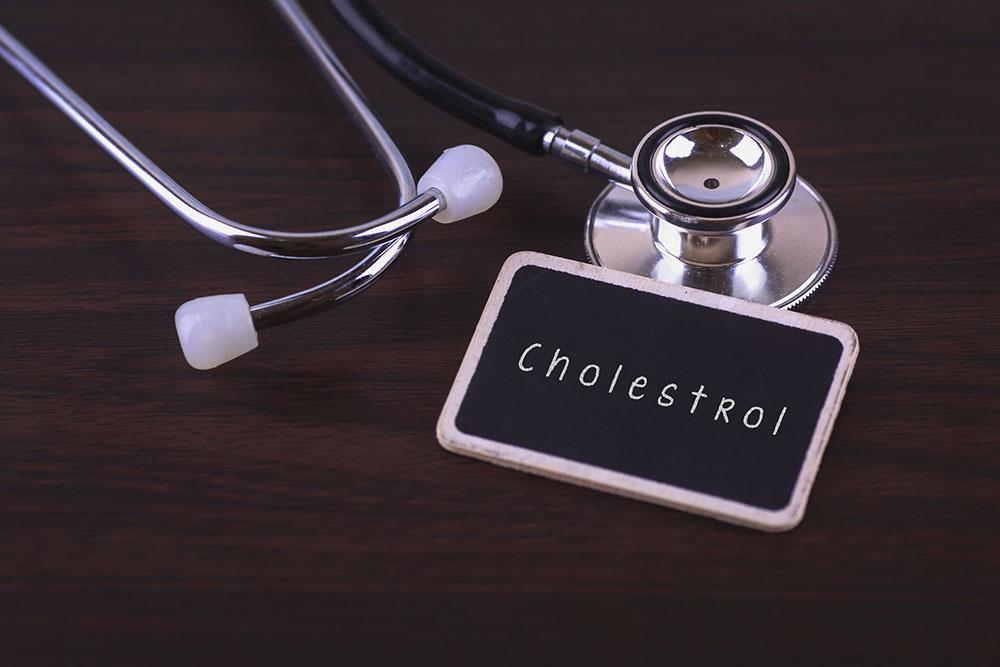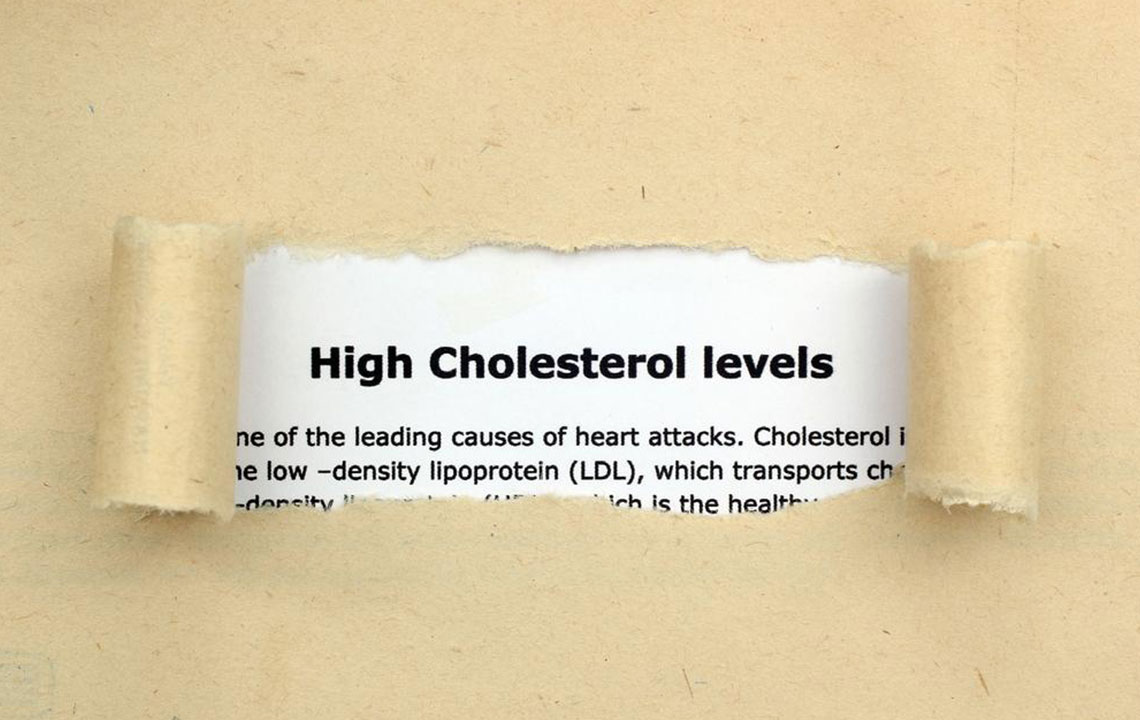Comprehensive Guide to Cholesterol Types and Healthy Range Targets
This comprehensive guide explains cholesterol types, ideal levels for adults, and practical lifestyle tips. Understanding these numbers helps in effective management and reducing cardiovascular risks. Regular testing and healthy habits are crucial for maintaining optimal cholesterol levels and promoting heart health.

Comprehensive Guide to Cholesterol Types and Healthy Range Targets
Cholesterol is a fatty compound produced naturally by the body, essential for various functions. However, excessive levels can pose health risks, including heart disease and stroke. Maintaining optimal cholesterol levels is vital for cardiovascular health.
Cholesterol accumulates along blood vessel walls when levels are too high, leading to blockages that impede normal blood flow and increase clotting risk. The main types of cholesterol are LDL (bad cholesterol) and HDL (good cholesterol).
LDL, often called bad cholesterol, contributes to plaque buildup in arteries, raising the risk of heart attacks. Conversely, HDL, known as good cholesterol, helps transport excess fats away from arteries, supporting cardiovascular health. A cholesterol chart tailored for age assists in tracking healthy levels through diet, exercise, and weight management. Medical professionals recommend testing cholesterol at least once every five years after age 20 using a lipoprotein panel, which measures total cholesterol, LDL, HDL, and triglycerides.
Key Terms in Cholesterol Monitoring:
LDL - The harmful cholesterol that deposits in arteries, causing blockages and impaired blood flow.
HDL - The protective cholesterol that clears fats from the bloodstream, maintaining healthy arteries.
Triglycerides - Dietary fats stored when excess calories aren't burned, contributing to blood lipid levels.
Total cholesterol - The combined measure of all cholesterol types in your blood.
Cholesterol Levels for Adults: Understanding Your Numbers
Cholesterol is measured in milligrams per deciliter (mg/dL). Maintaining appropriate levels reduces health risks, and the following guidelines help interpret your results:
Total cholesterol: Less than 200 mg/dL is ideal; 200-239 mg/dL is borderline high; above 240 mg/dL is risky.
LDL: Below 100 mg/dL is optimal; 100-129 mg/dL is acceptable; 130-159 mg/dL is borderline high; 160-189 mg/dL warrants lifestyle changes; above 190 mg/dL increases the risk of heart disease.
HDL: Below 40 mg/dL is low, increasing heart disease risk; 40-59 mg/dL is acceptable; above 60 mg/dL offers protective benefit.
Triglycerides: Below 150 mg/dL is normal; 150-199 mg/dL is borderline high; 200-499 mg/dL is high; above 500 mg/dL requires urgent medical attention.
Tips for Managing Cholesterol Levels:
Reduce Saturated Fats: Limit red meats, full-fat dairy, and processed foods to lower bad cholesterol.
Increase Physical Activity: Regular exercise helps boost HDL and burn excess fats.
Eat Fiber-Rich Foods: Incorporate fruits, vegetables, and whole grains to aid digestion and lower cholesterol.
Note: Our blog offers valuable insights across health categories. Use this information as guidance but consult healthcare professionals for personalized advice. The site may not include all available schemes or offers.










